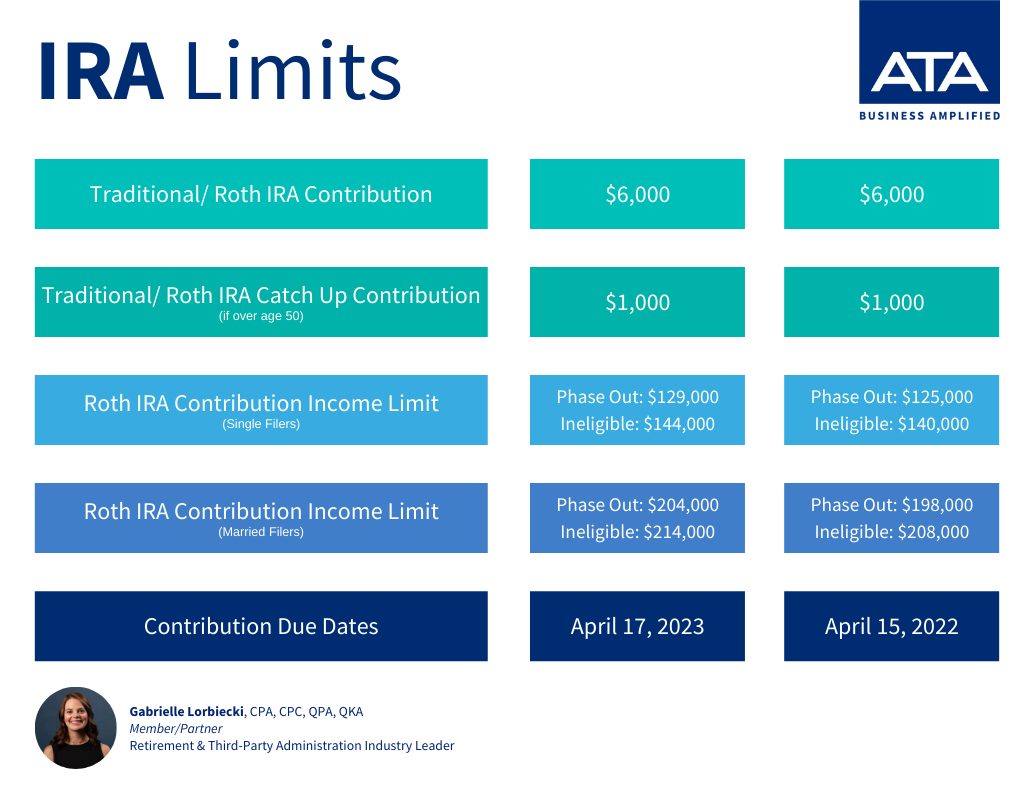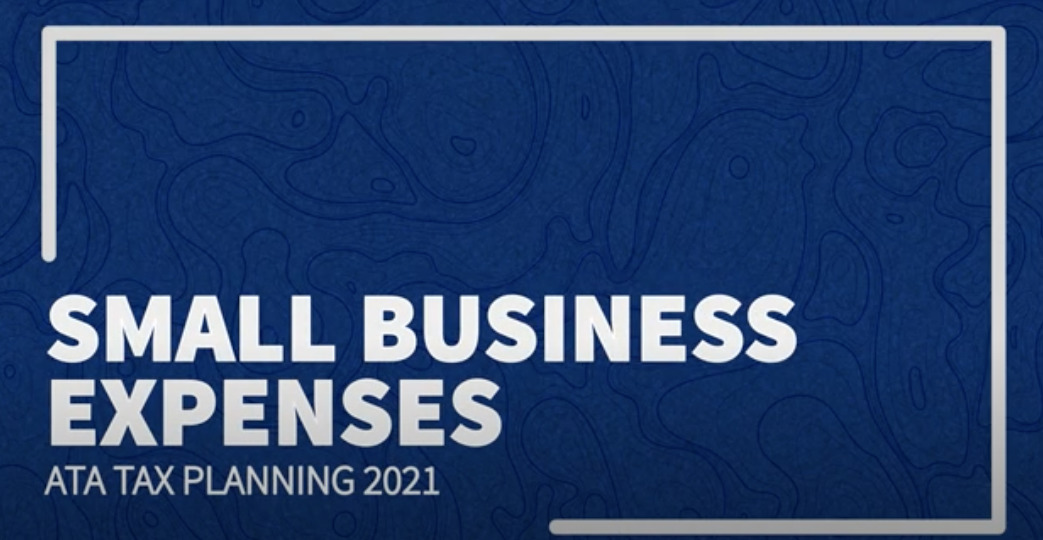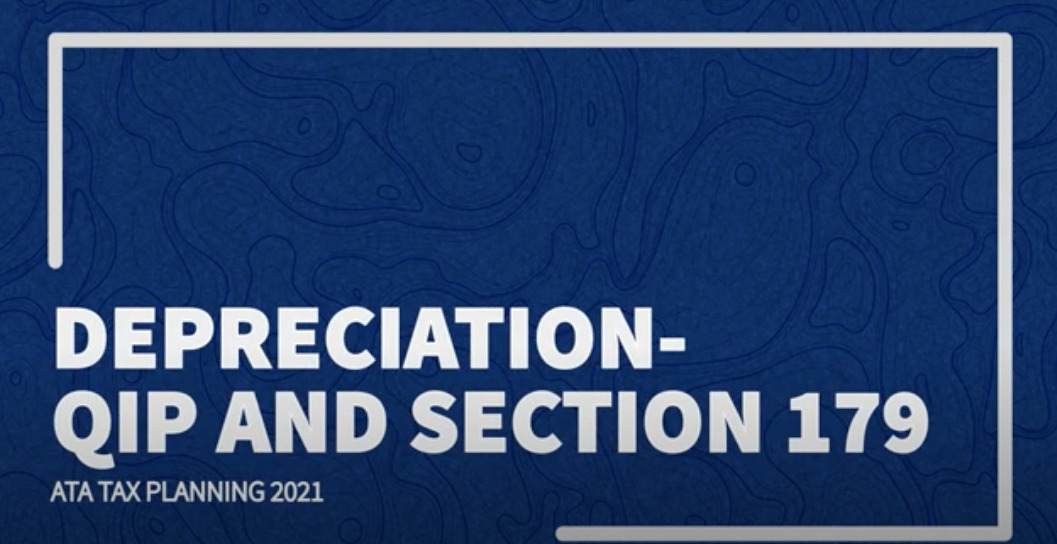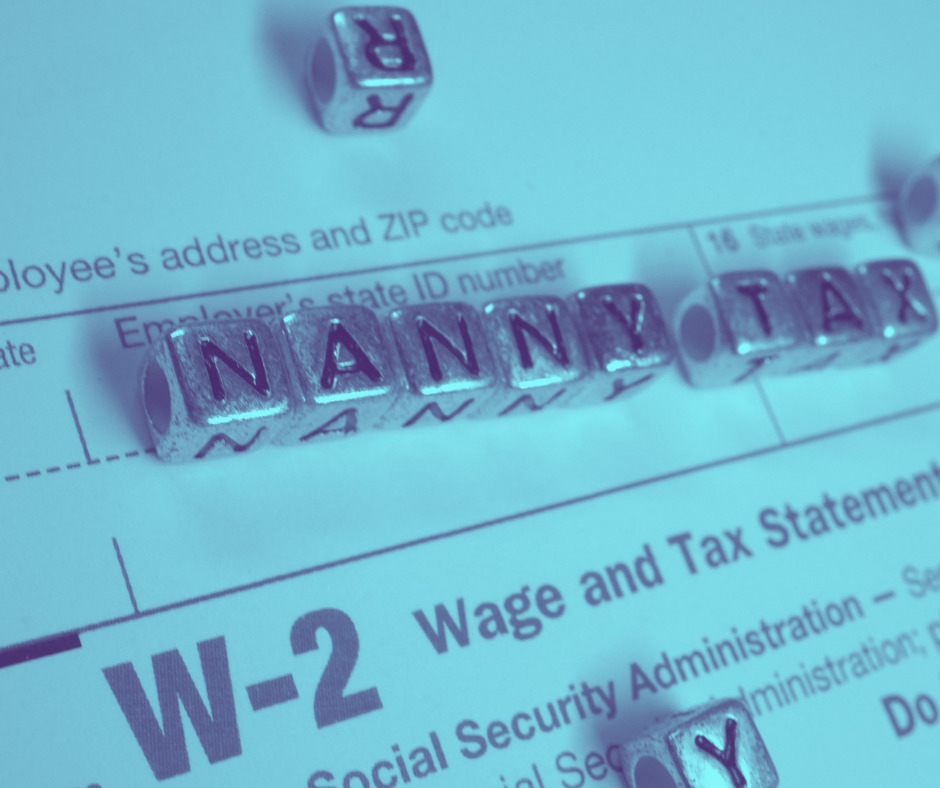The TCJA permanently eliminated deductions for most business-related entertainment expenses paid or incurred after 2017. But it didn’t specifically address the meals, beverages and snacks that often accompany entertainment activities. Then, the CAA temporarily increased the deduction for certain business-related meal expenses. Many business owners today aren’t sure what they can deduct or how much they can deduct.
When can you deduct business-related meals . . . and how much can you deduct?
The Tax Cuts and Jobs Act (TCJA) permanently eliminated deductions for most business-related entertainment expenses paid or incurred after 2017. For example, you can no longer deduct any of the cost of taking clients out for a round of golf, to the theater or for a football game. But the TCJA didn’t specifically address the meals, beverages and snacks that often accompany entertainment activities.
Then the Consolidated Appropriations Act (CAA), which was signed into at law in December of 2020, temporarily increased the deduction for certain business-related meal expenses.
If you’re like many business owners today, you may not be sure what you can deduct or how much you can deduct. Here’s what you need to know.
A 100% deduction
The CAA allows taxpayers to deduct 100% of the cost of business-related food and beverage expenses incurred at restaurants in 2021 and 2022. In previous years, deductions for business meals at restaurants were limited to only 50% of the cost.
Under the new law, for 2021 and 2022, business meals provided by restaurants are 100% deductible, subject to the considerations identified in preexisting IRS regulations. IRS guidance in Notice 2021-25, released in April, defines “restaurants” for the purpose of this tax break to include businesses that prepare and sell food or beverages to retail customers for immediate on-premises and/or off-premises consumption.
However, restaurants don’t include businesses that primarily sell pre-packaged goods not for immediate consumption, such as grocery stores and convenience stores. Additionally, an employer may not treat certain employer-operated eating facilities as restaurants, even if these facilities are operated by a third party under contract with the employer.
Pre-CAA regulations
In October 2020, the IRS issued final regulations which clarified that taxpayers could still deduct 50% of business-related meal expenses under the TCJA. These regs were written before the CAA change that allows 100% deductions for business-related restaurant meals provided in 2021 and 2022, but they still provide some useful guidance on the following issues:
Definition of food and beverage costs. Food or beverages means all food and beverage items, regardless of whether they are characterized as meals, snacks, or other types of food and beverages. Food or beverage costs mean the full cost of food or beverages, including any delivery fees, tips and sales tax.
Treatment of food and beverages provided with entertainment. For purposes of the general disallowance rule for entertainment expenses, the term “entertainment” includes food or beverages only if the food or beverages are provided at or during an entertainment activity (such as a sporting event) and the costs of the food or beverages aren’t separately stated.
Specifically, to be deductible, amounts paid for food and beverages provided at or during an entertainment activity must be:
- Purchased separately from the entertainment, or
- Stated separately on a bill, invoice or receipt that reflects the venue’s usual selling price for such items if they were purchased separately from the entertainment or the approximate reasonable value of the items.
Otherwise, the entire cost is treated as a nondeductible entertainment expense; the taxpayer can’t attempt to allocate costs between the entertainment and the food or beverages.
Treatment of business meals. Under the final regs, a deduction is allowed for business-related food or beverages only if:
- The expense isn’t lavish or extravagant under the circumstances,
- The taxpayer or an employee of the taxpayer is present at the furnishing of the food or beverages, and
- The food or beverages are provided to the taxpayer or a business associate.
A business associate means a person with whom the taxpayer could reasonably expect to engage or deal with in the active conduct of the taxpayer’s business such as a customer, client, supplier, employee, agent, partner or professional advisor — whether established or prospective.
Treatment of meals while traveling on business. Under the final regs, the long-standing rules for substantiating meal expenses still applies and they can be deductible.
The regs also reiterate the long-standing rule that no deductions are allowed for meal expenses incurred for spouses, dependents or other individuals accompanying the taxpayer on business travel (or accompanying an officer or employee of the taxpayer on business travel), unless the expenses would otherwise be deductible by the spouse, dependent or other individual. For example, meal expenses for the taxpayer’s spouse would be deductible if the spouse works in the taxpayer’s unincorporated business and accompanies the taxpayer for business reasons.
Under the new law, for 2021 and 2022, meals provided by restaurants while traveling on business are 100% deductible, subject to the preceding considerations.
Need help?
There are additional circumstances under which your business can deduct 100% of the cost of meals, other food and beverages. Contact your tax advisor if you have questions or want more information.
© 2021









